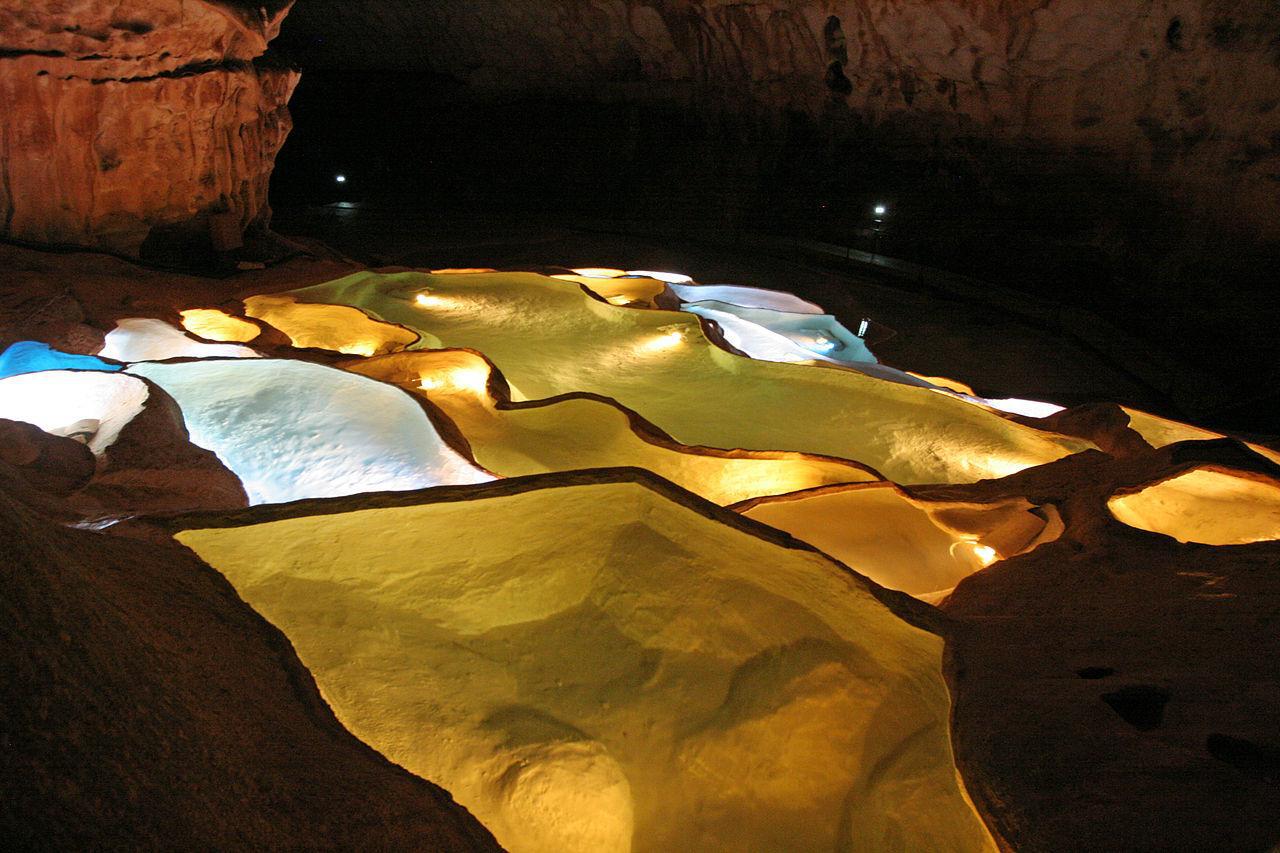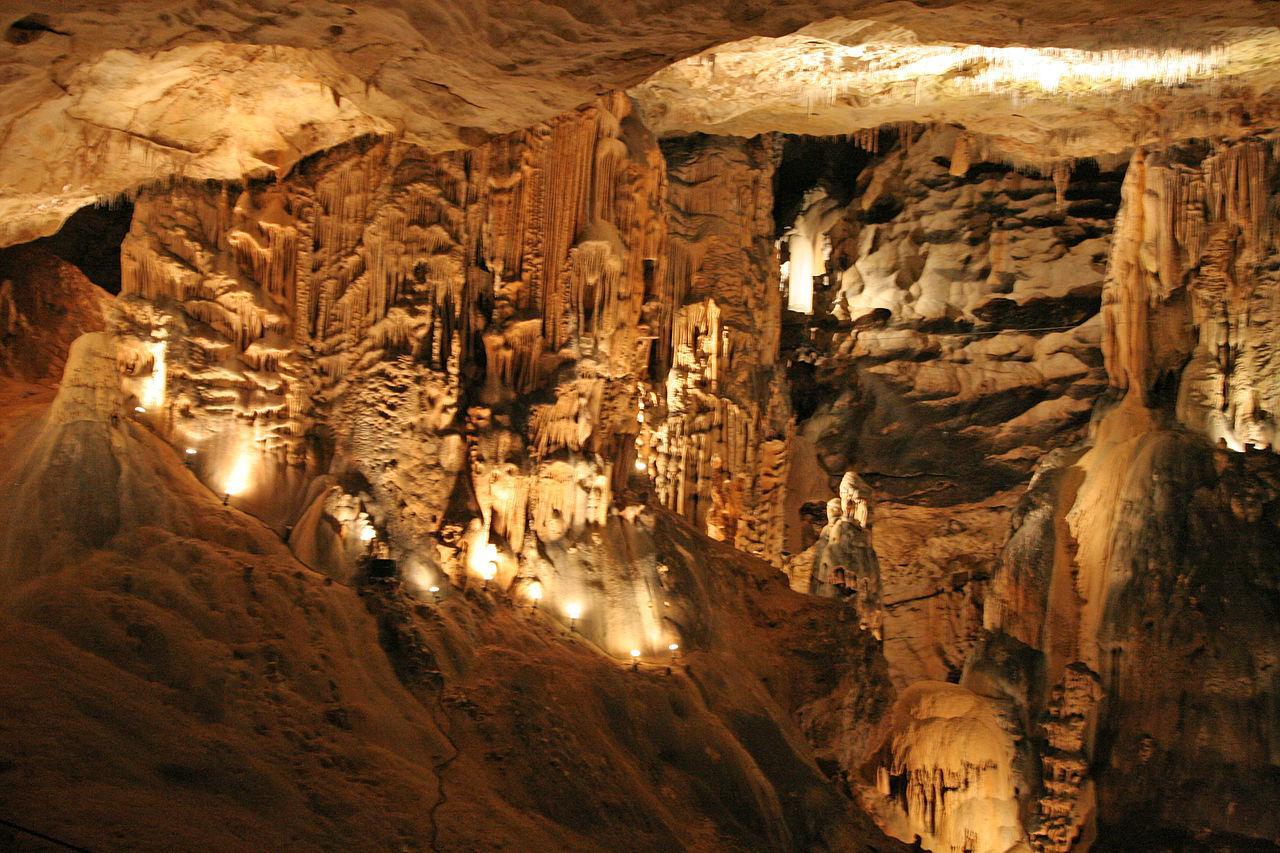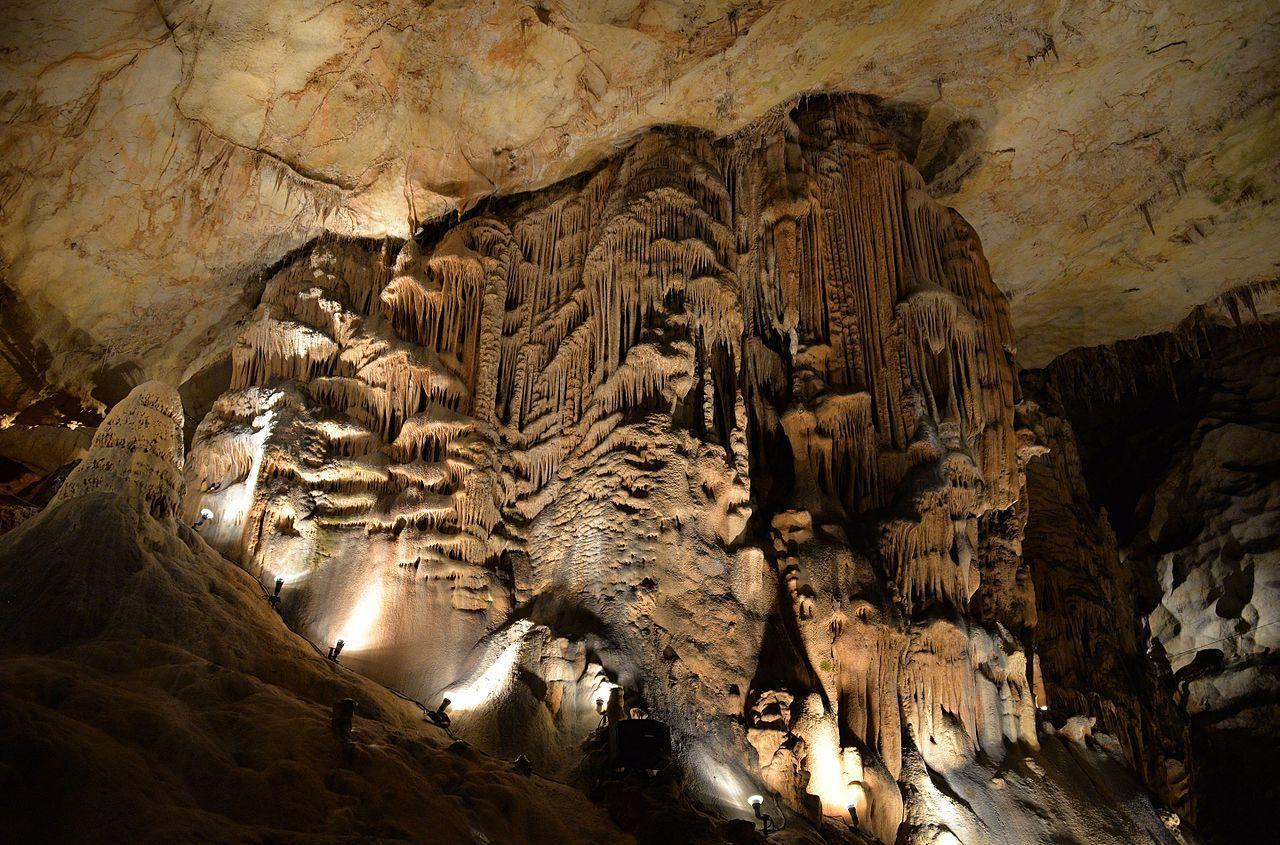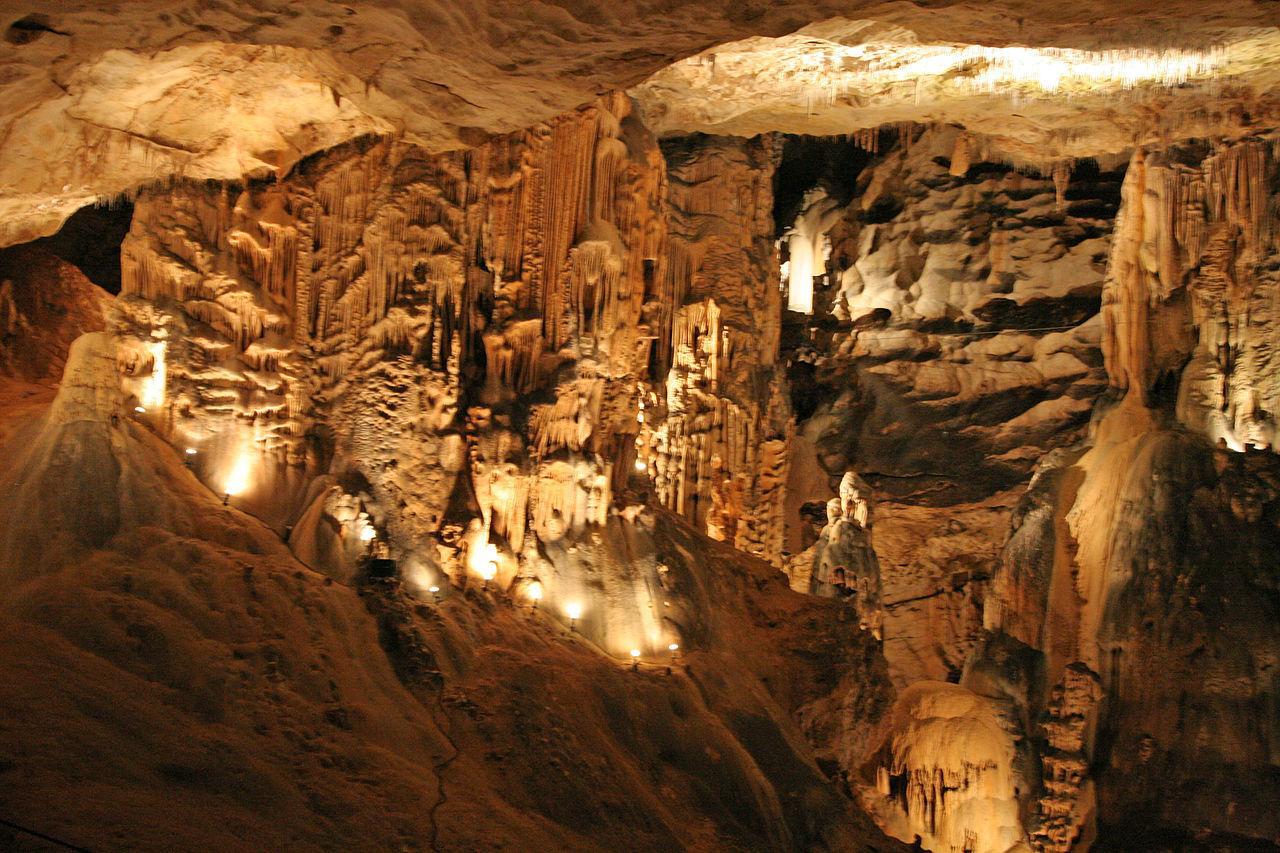Ancient Humans Lived Nearly 1 Mile Within This Cave in Europe
A team of researchers has made a shocking discovery deep within the Saint-Marcel cave in France. The finding suggests ancient humans took shelter almost one mile inside the cave’s dark interior.
The recent findings suggest ancient humans, with their remarkable adaptability, could thrive in the low lighting of caves and may have lived much deeper within the confined caverns and tunnels than researchers had initially thought.
Human Seek Shelter in Natural Caves
Humans have sought shelter in natural caves for hundreds of thousands of years. These caves provided a break from the harsh environment and allowed our ancestors to rest in peace without the threat of being spotted by predators or other groups.

Source: Wikimedia
It’s generally thought humans resided at the entrance to caves, as they struggled to light up the deep interiors of natural caverns. However, a new study may challenge this notion entirely.
Saint-Marcel Cave
The Saint-Marcel cave is an enormous and well-documented cave system found at the very heart of the Ardèche Canyon in France. It consists of a vast network of underground tunnels and caverns stretching for nearly 40 miles.

Source: Wikimedia
Although it was first discovered by a hunter trekking through the region in 1836, it has a much more ancient past that stretches back tens of thousands of years.
Ancient Humans Travel Ventured Deep Into French Cave
Researchers determined that humans living as early as the Middle Palaeolithic period, which began some 250,000 years ago, had taken shelter near the entrance of the cave.

Source: Wikimedia
However, a new study published in the Journal of Archaeological Method and Theory proposes that these ancient humans went far deeper into the caverns of the cave than they had thought, and somehow, they managed to transverse its rugged terrain.
Humans Living in the Caves 8,000 Years Ago
Scientists were working within the cave when they stumbled upon several broken speleothems, or mineral deposits, slightly less than a mile within the cave.

Source: Wikimedia
While the find didn’t immediately pique their interest, as the caves were heavily explored during the 19th century, further investigation of the broken speleothems suggests they actually date back nearly 8,000 years.
Small Structure Deep Within the Cave
Lead author of the study, Jean-Jacques Delannoy, and his colleagues noticed that several broken pieces of the stalagmite had been arranged within the cave to create some kind of miniature structure.

Source: Wikimedia
To investigate this phenomenon further, they decided to test the stalagmite, which can regrow so long as it is provided with a steady supply of water.
Dating the Broken Stalagmites
The team of researchers dated the rocks in the cave using a method known as uranium-thorium dating.

Source: Freepik
Using this unique method, the team could measure the different levels of uranium and thorium in the mineral deposits of the cave, which allowed them to discern when humans had broken the stalagmites.
Testing Reveals Ancient Humans Were Present in the Cave
The researchers first discovered that speleothems are up to 125,000 years old. However, they were shocked to find out that the break had occurred anywhere from 10,000 to 3,000 years ago.

Source: Wikimedia
What this suggests is that ancient humans were behind the breaks and not 19th-century explorers. Further testing revealed the tiny structure within the cave was around 8,000 years old.
Evidence for Humans in the Cave is Conclusive
The tests’ results have provided researchers with valuable information, significantly altering our understanding of how deeply humans ventured into the French cave.

Source: Freepik
In their study, the researchers wrote: “The evidence for prehistoric human activity in the cave of Saint-Marcel is conclusive.”
Knowledge During the Prehistoric Era
During an interview with the Proceedings of the National Academy of Sciences, Delannoy detailed the findings, suggesting it sheds new light on the capabilities of ancient cave dwellers.

Source: Wikimedia
“This raises the question of cave knowledge at that prehistoric period, their ability to explore and cross shafts, and their mastery of lighting,” he said.
A New Understanding of the Saint-Marcel Cave
The results of the study have changed the way researchers are looking at the inhabitants of the Saint-Marcel cave, explained Delannoy. “It’s given them a cultural dimension linked to prehistoric use; the results from Saint-Marcel cave invite us to take a new look at these societies.”

Source: Wikimedia
He added, “Their use of caves, which has hitherto been considered to be limited to the entrance areas, their engagement with deep underground landscapes, and the associated symbolic dimensions.”
What’s Next for the Saint-Marcel Cave?
Researchers have yet to answer how ancient peoples navigated through the dark caverns and tunnels of caves. Even today, despite being lit with artificial lighting, it remains a challenge. One theory suggests they used torches or some form of oil lamps.

Source: Wikimedia
What took them so far into the cave and why they made the unusual structure will likely remain a captivating mystery to researchers, explained Delannoy, adding, “We no longer have access to their thoughts.”
